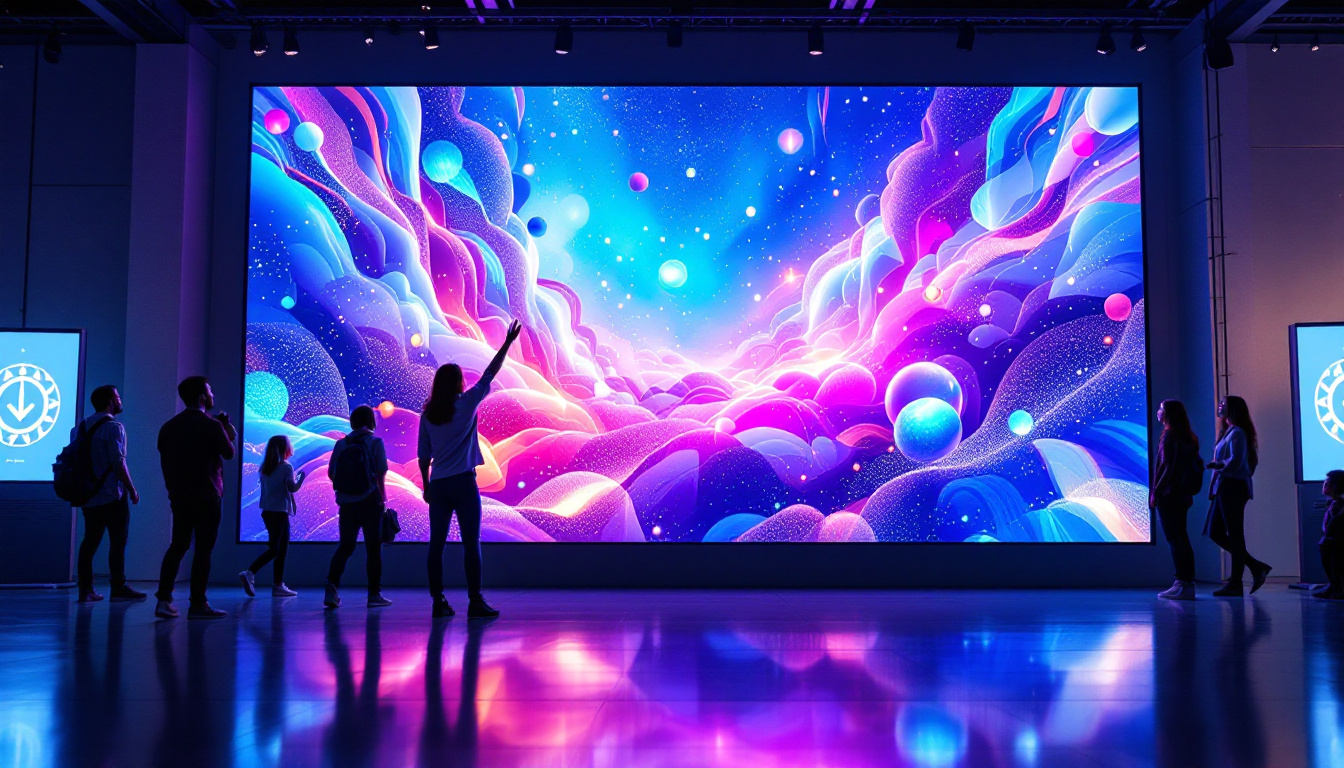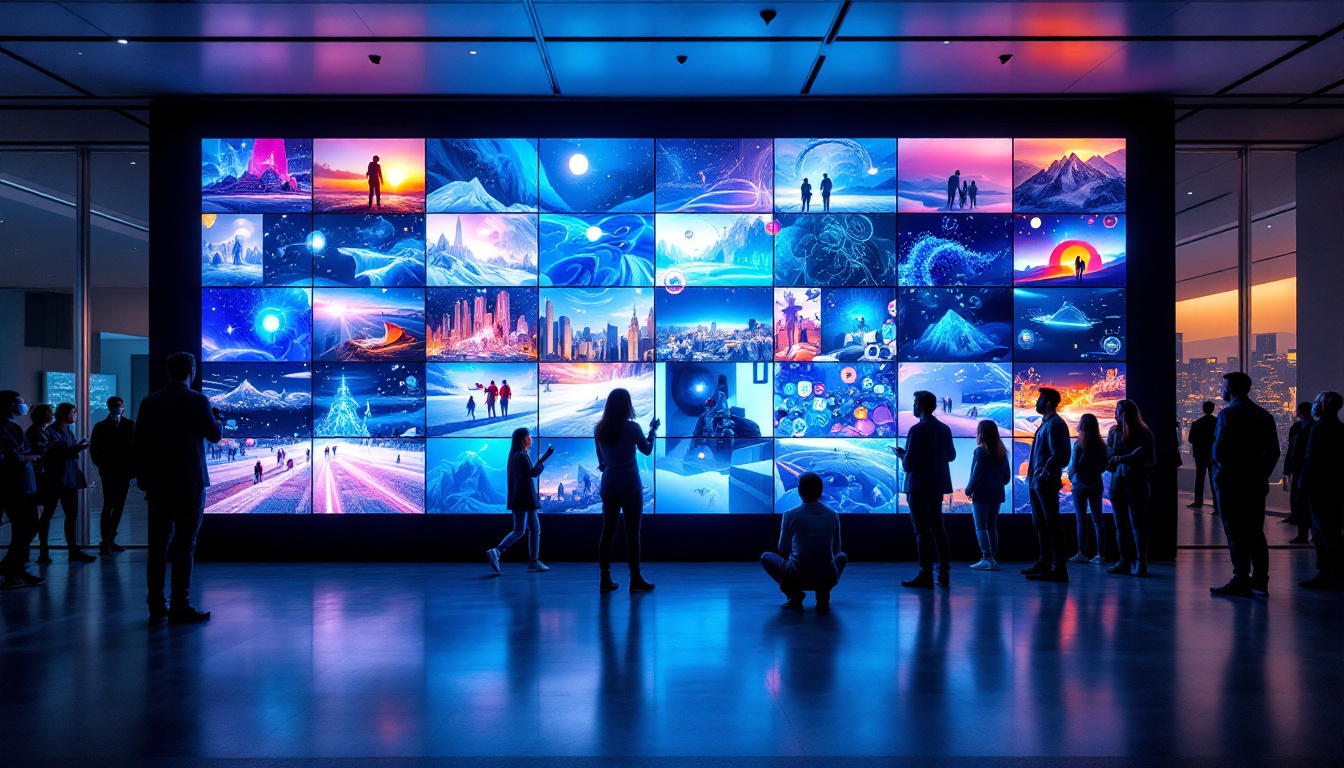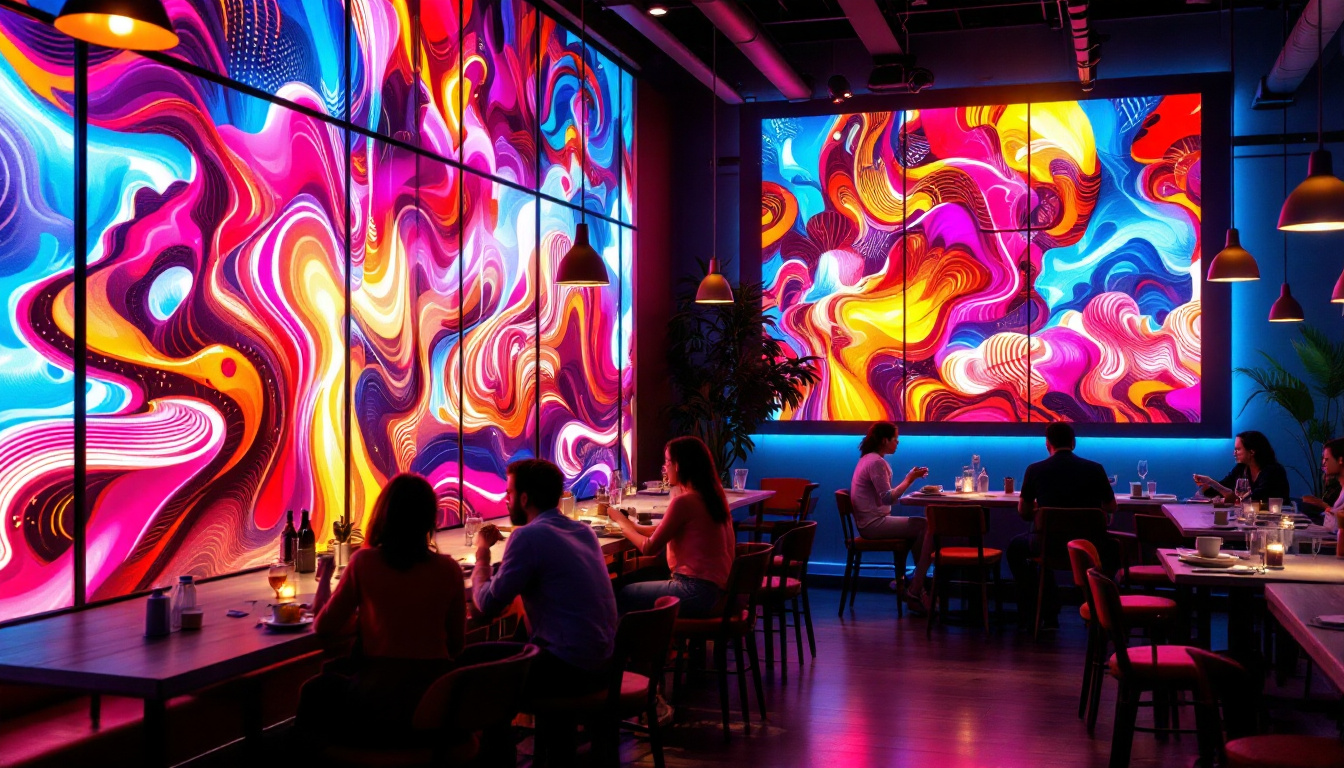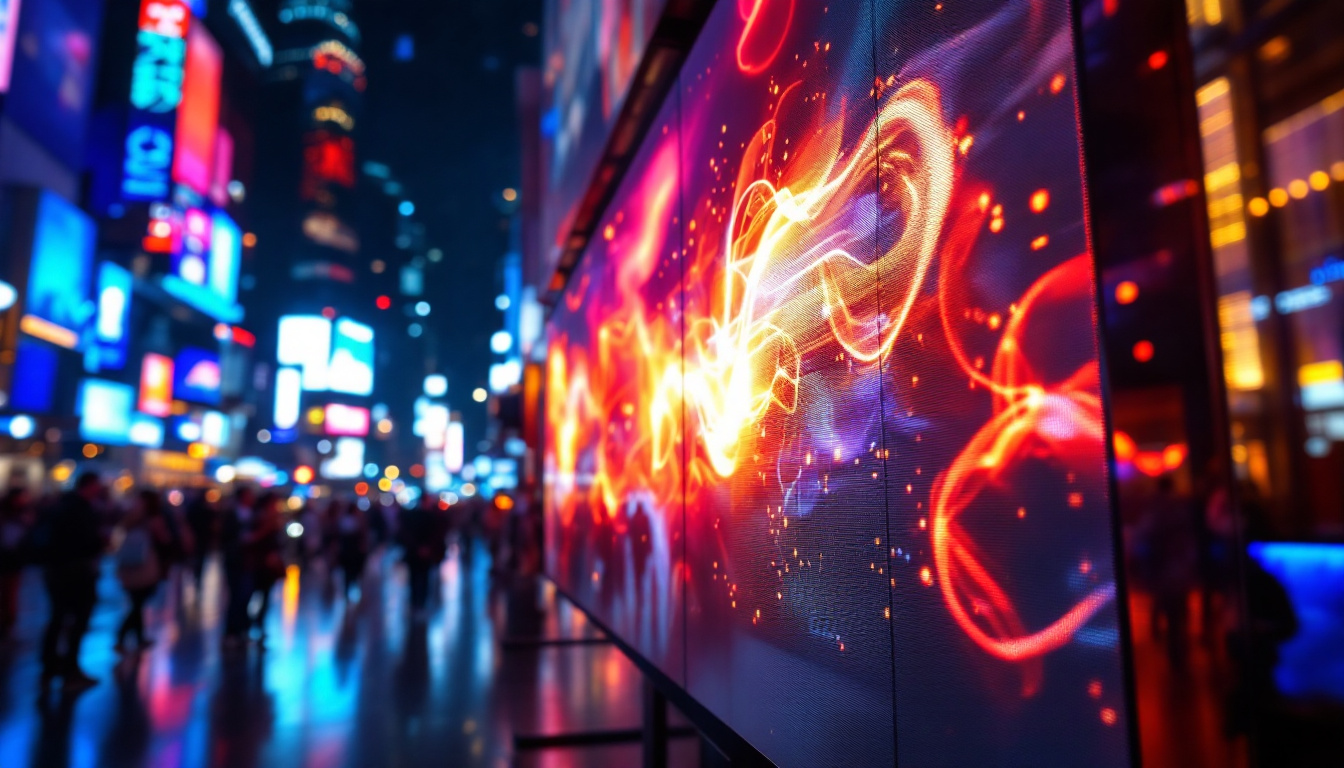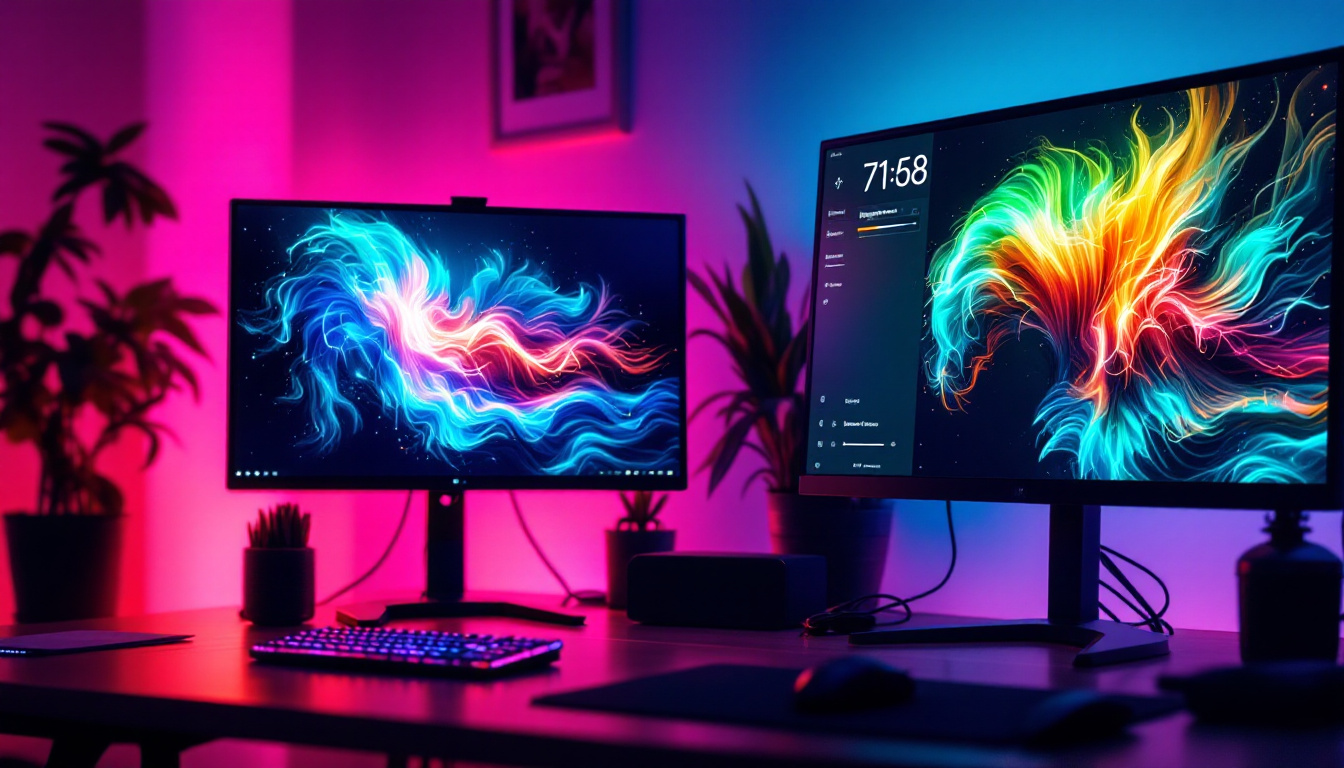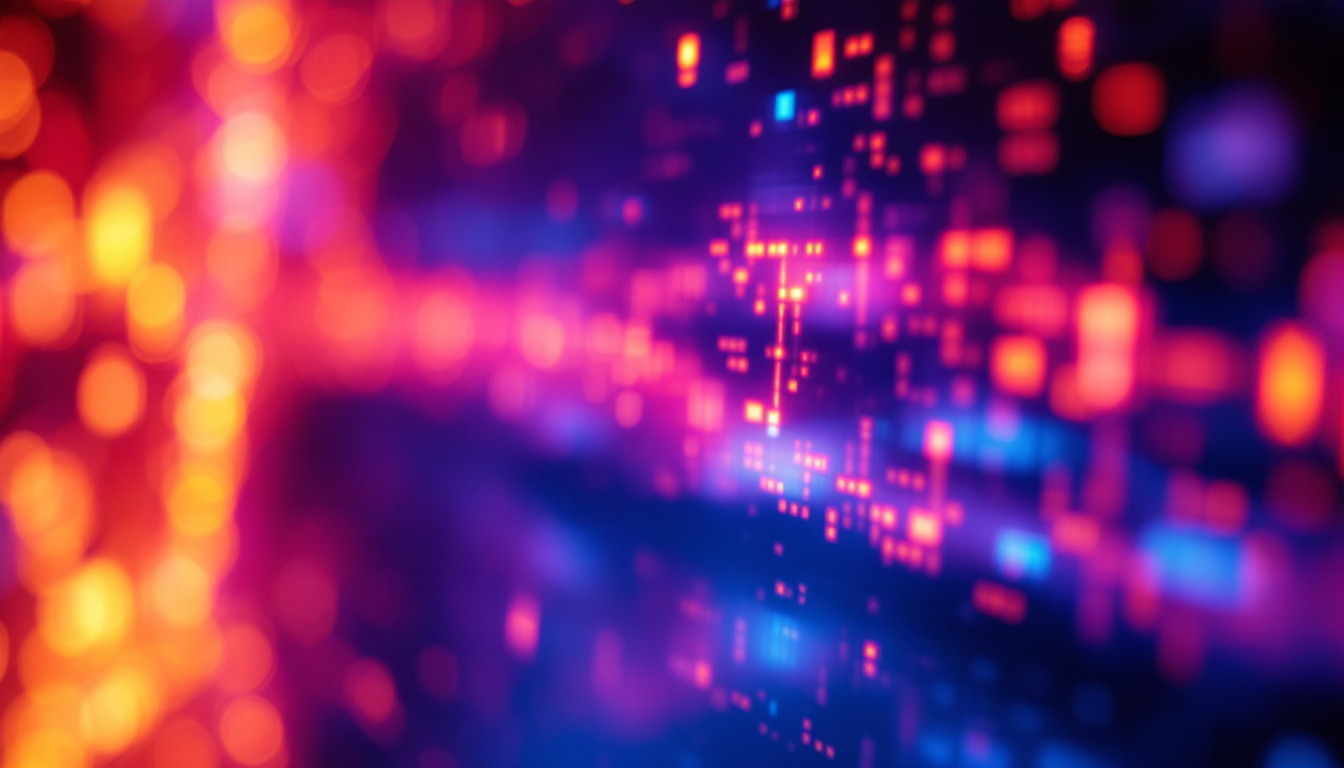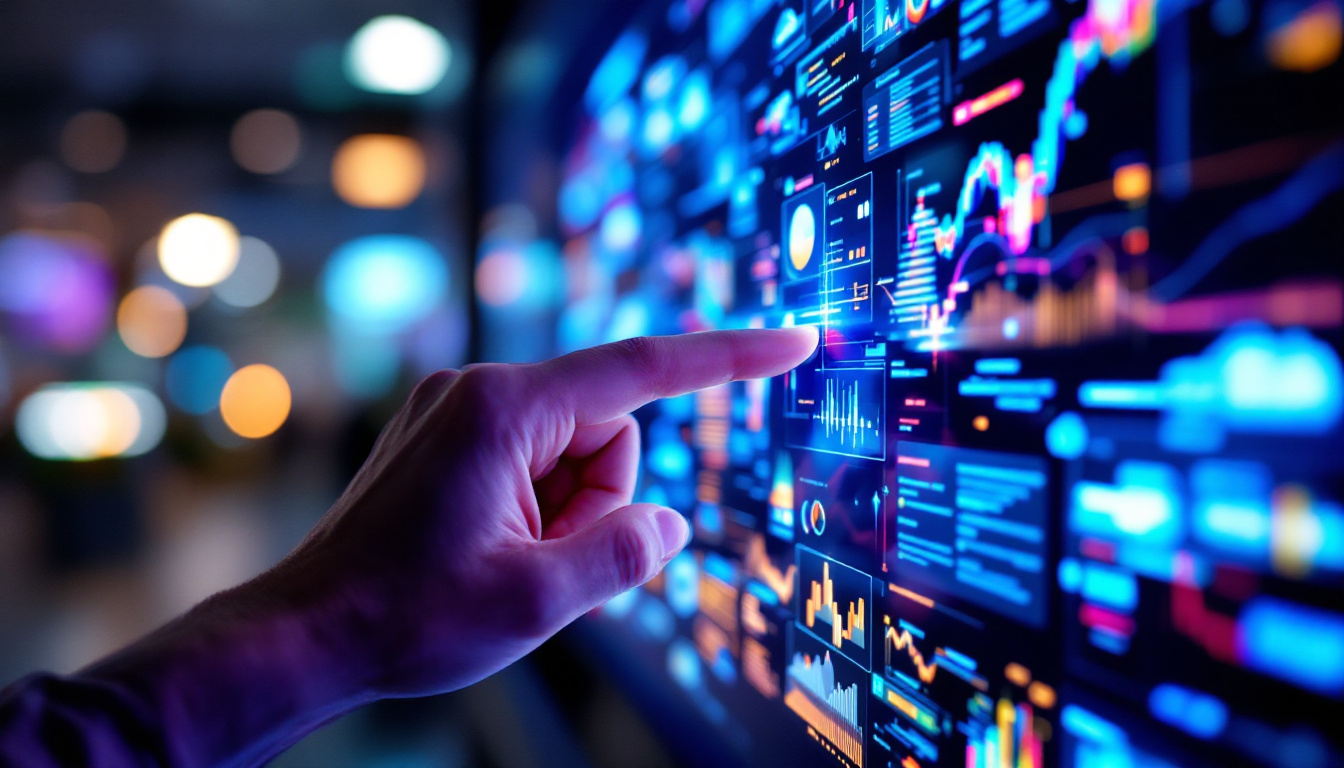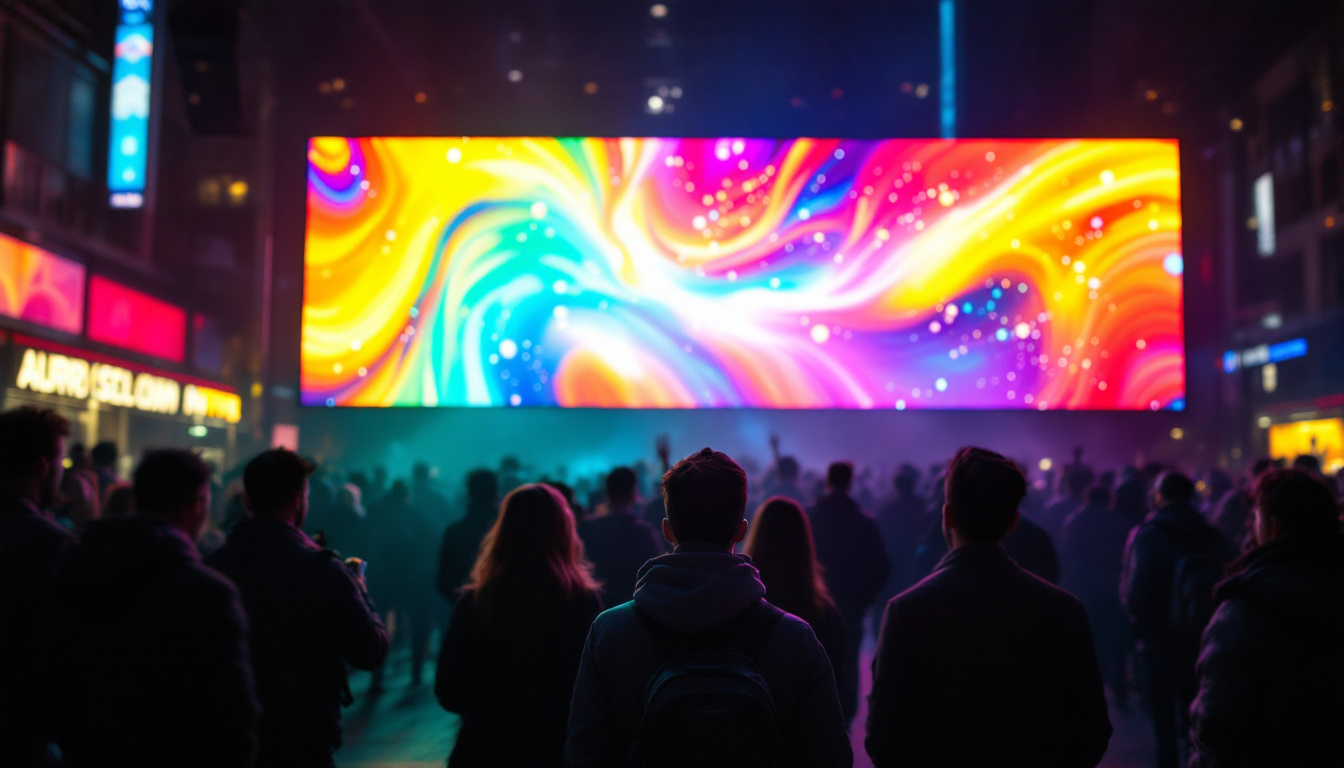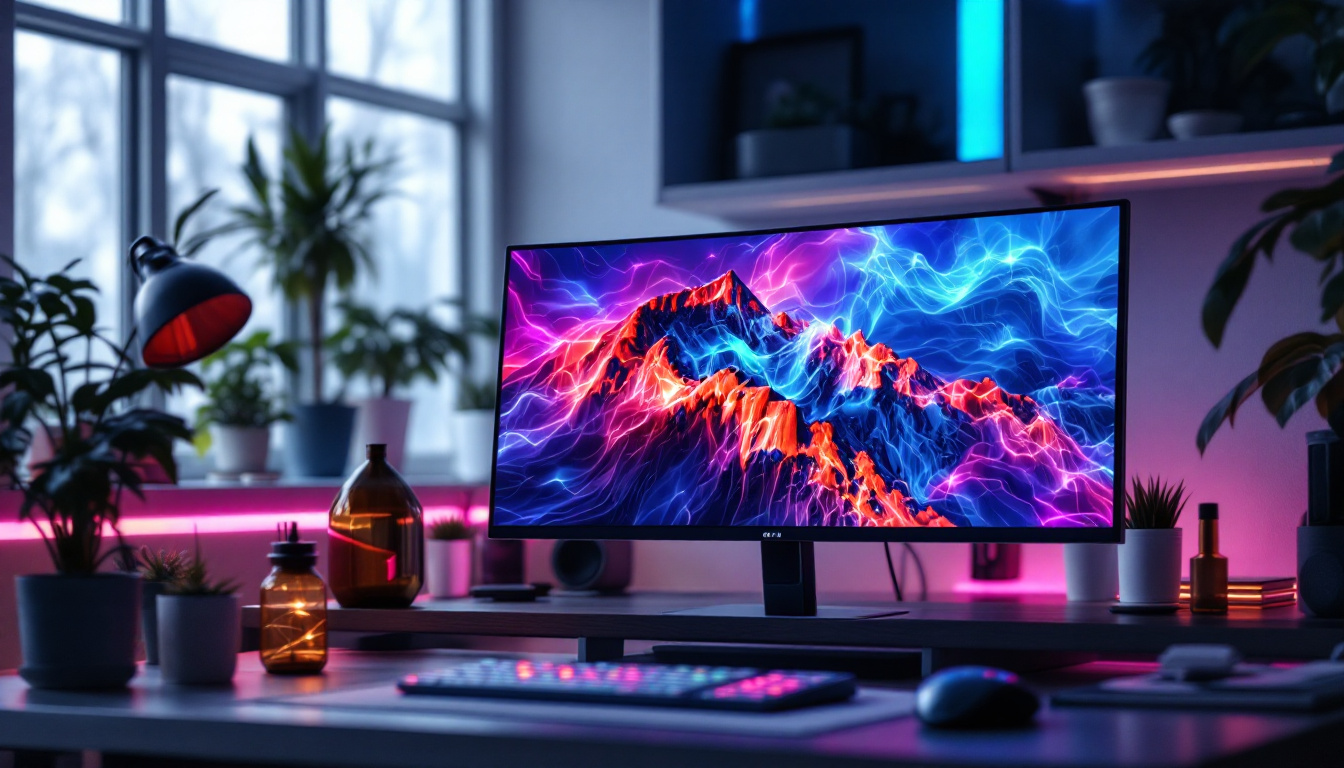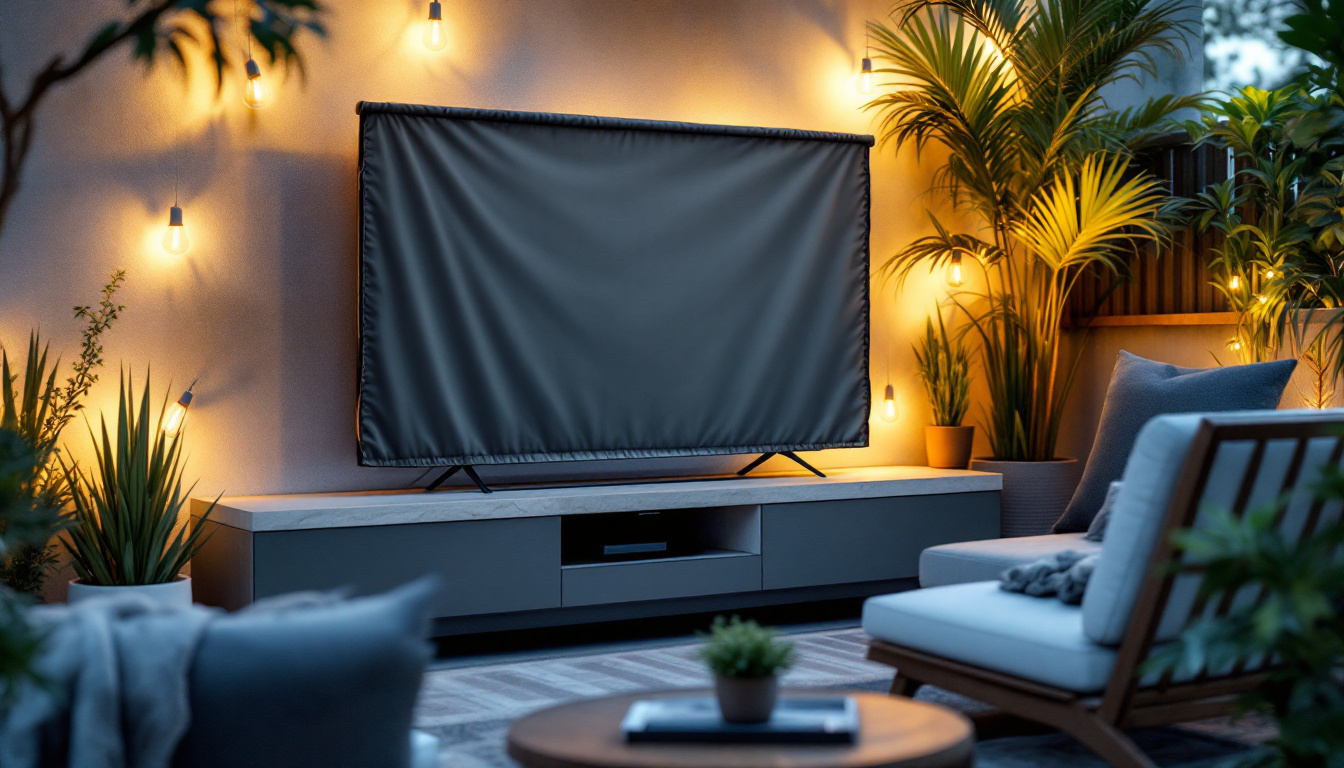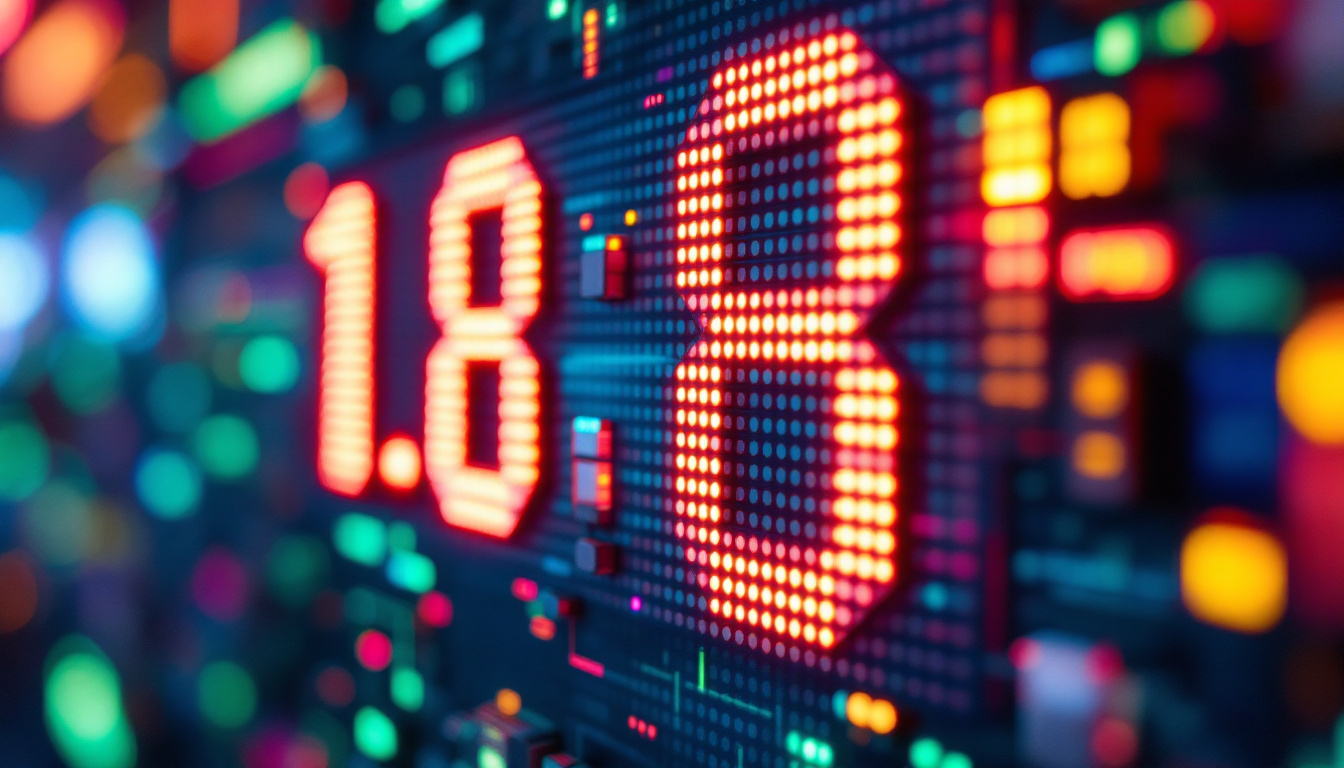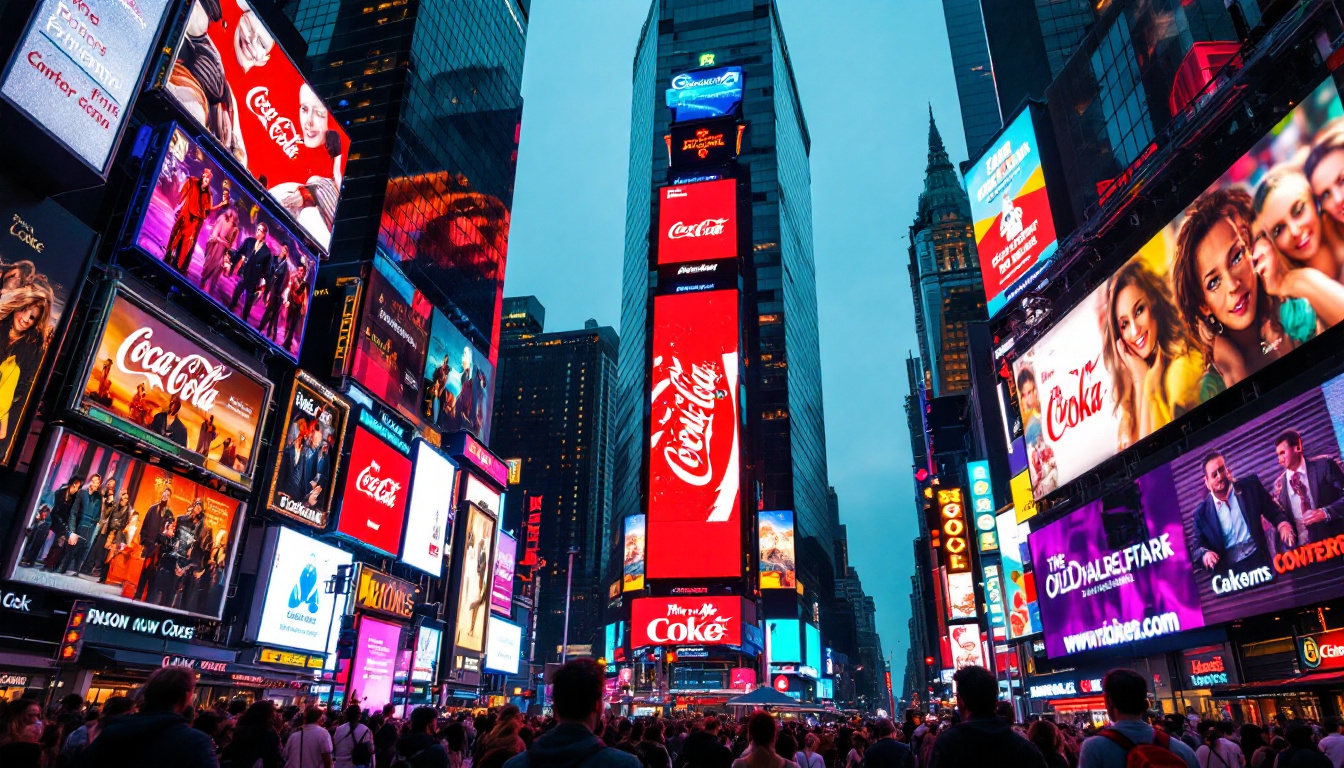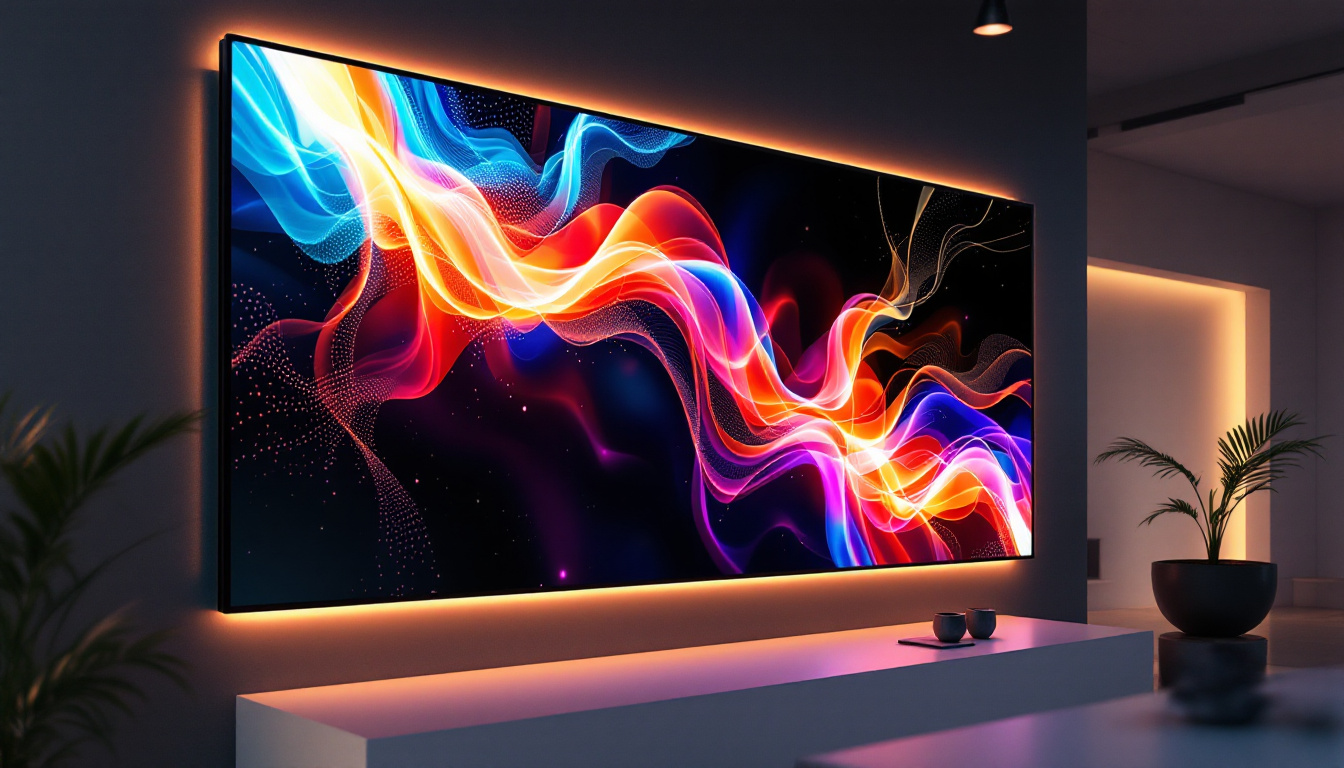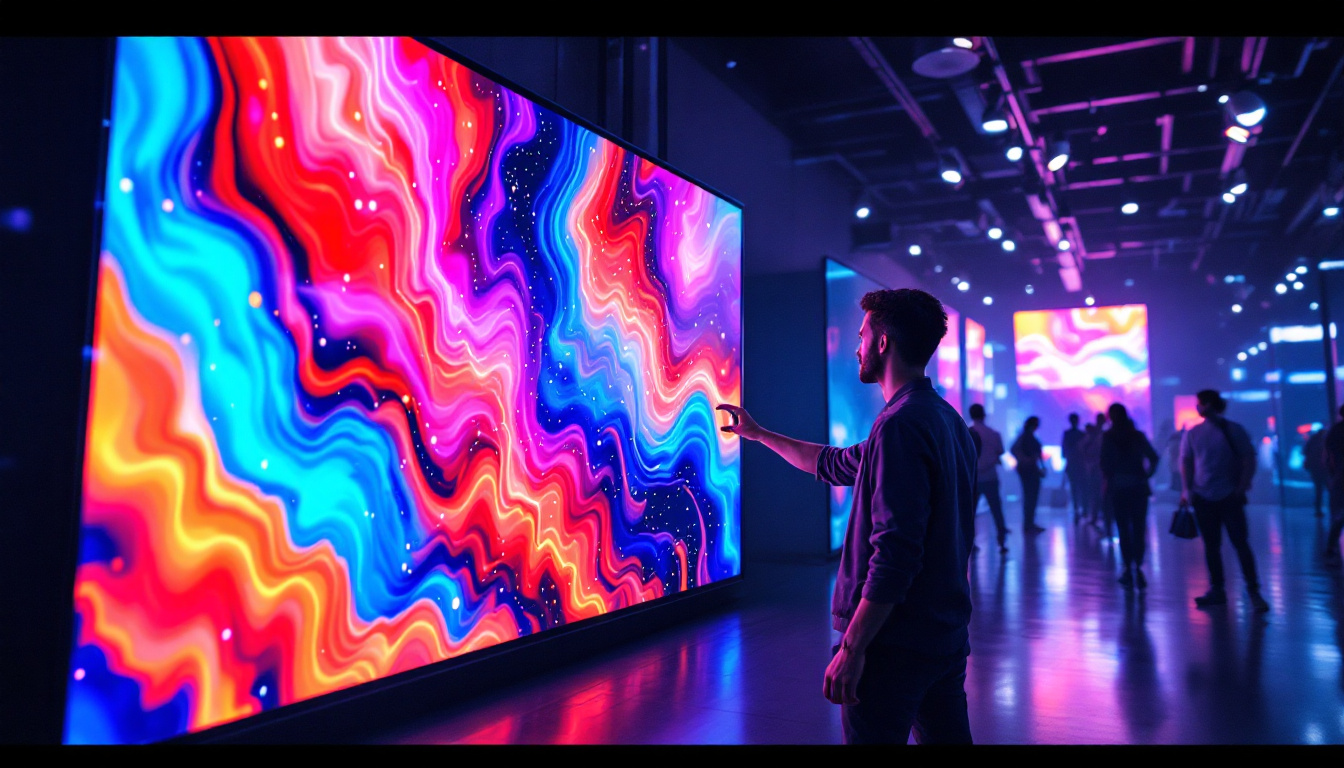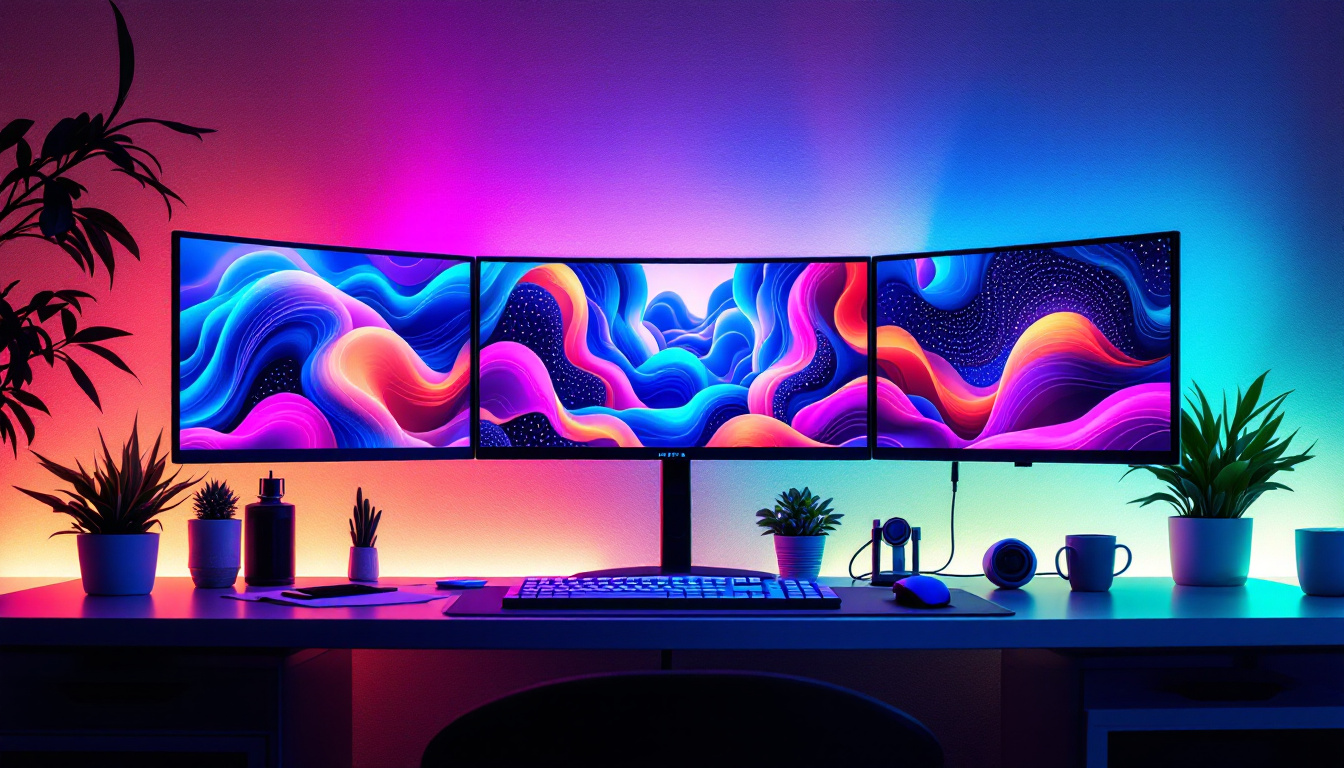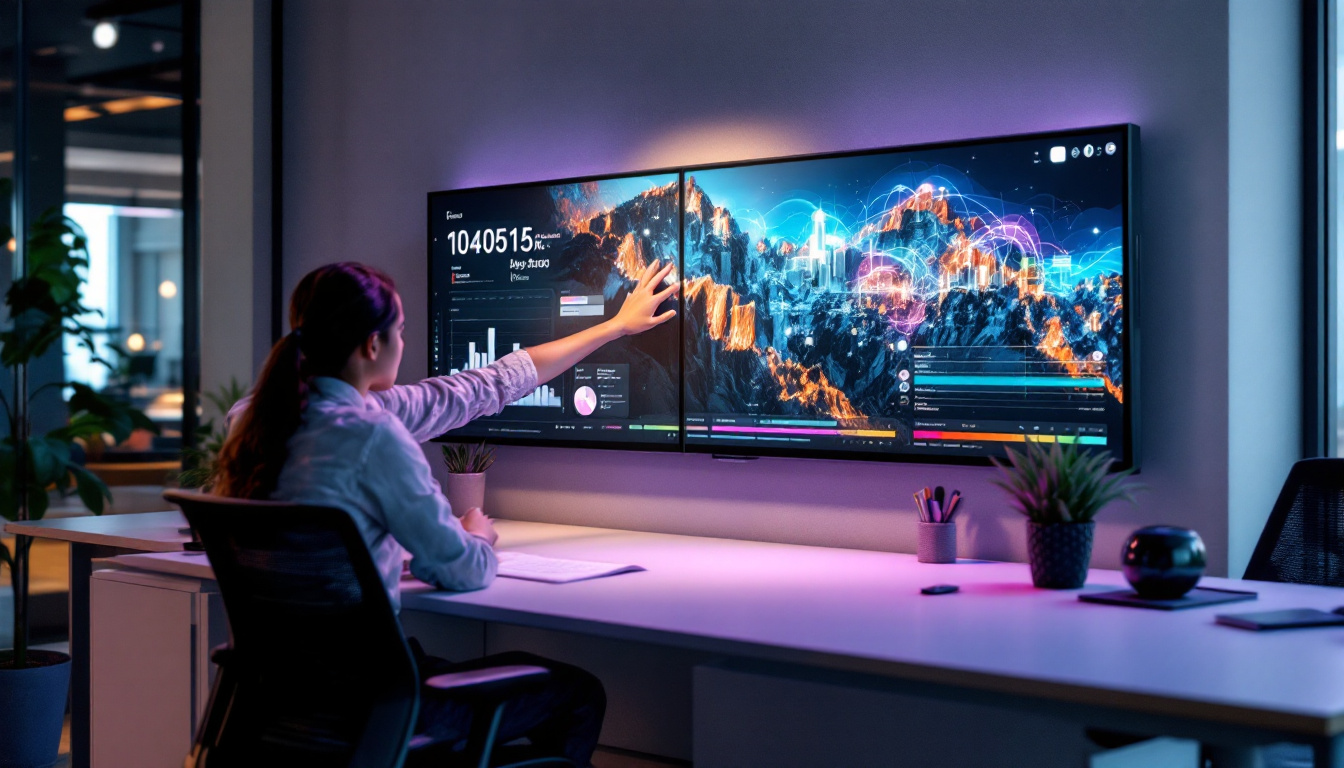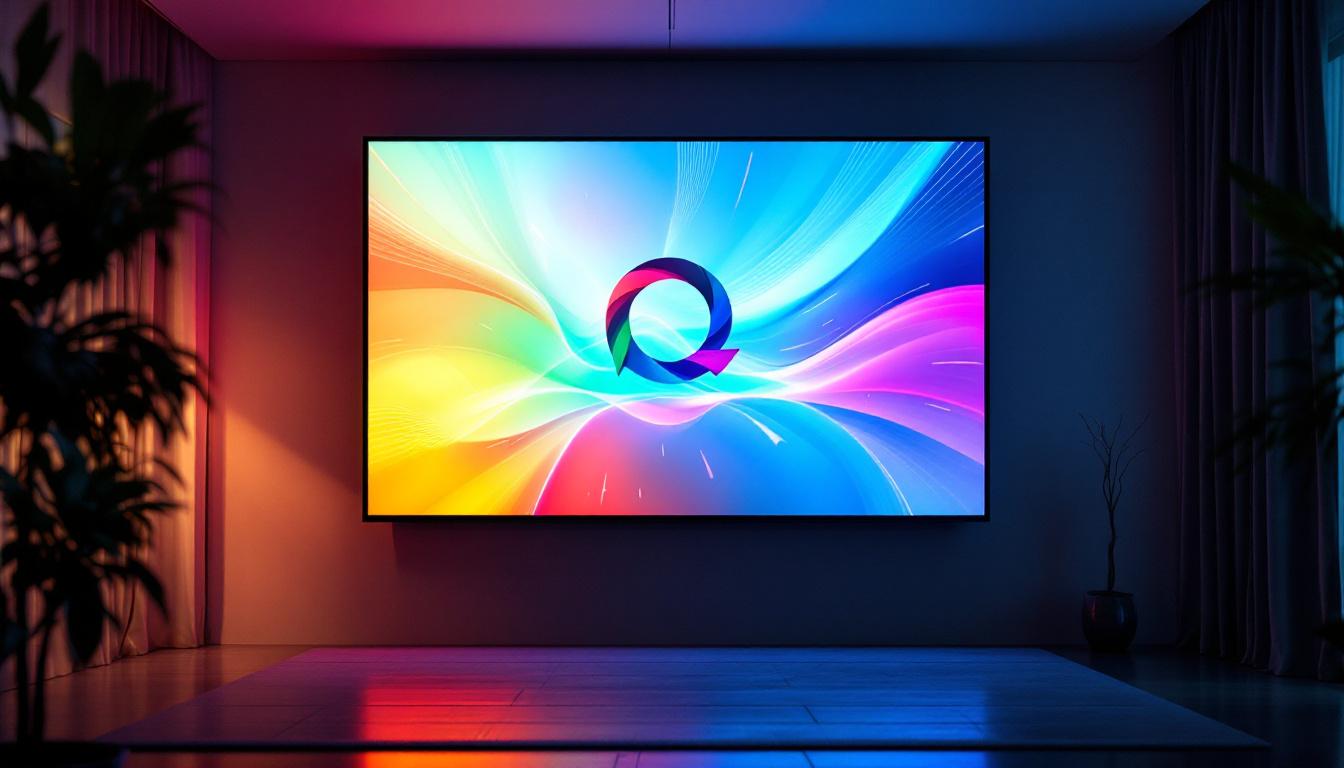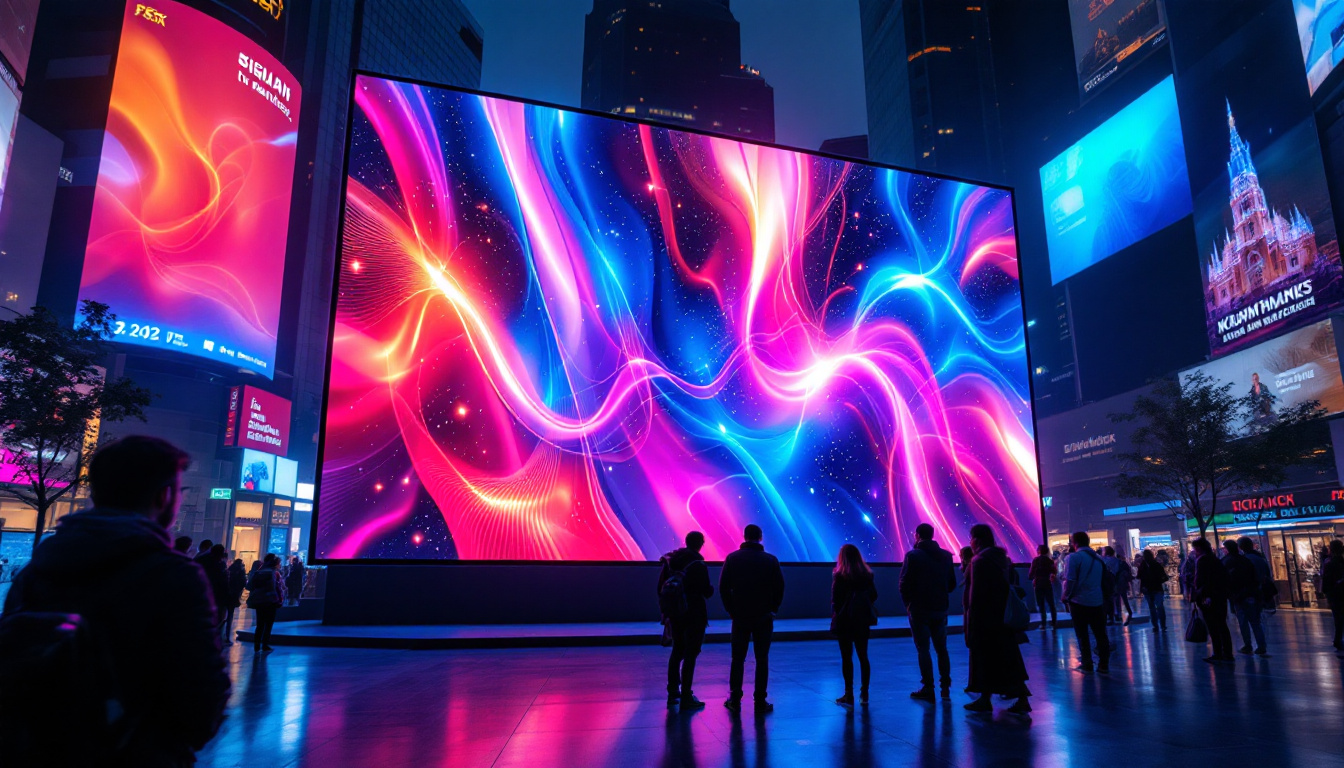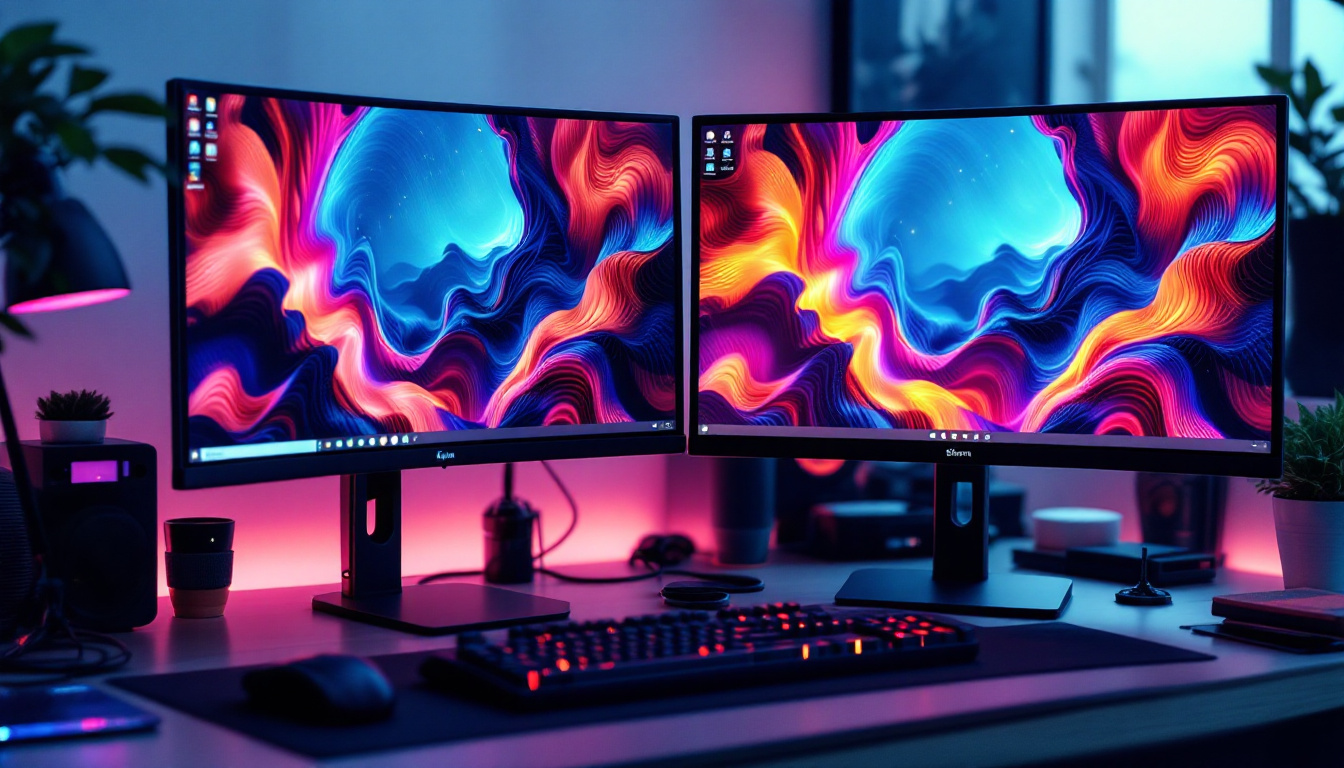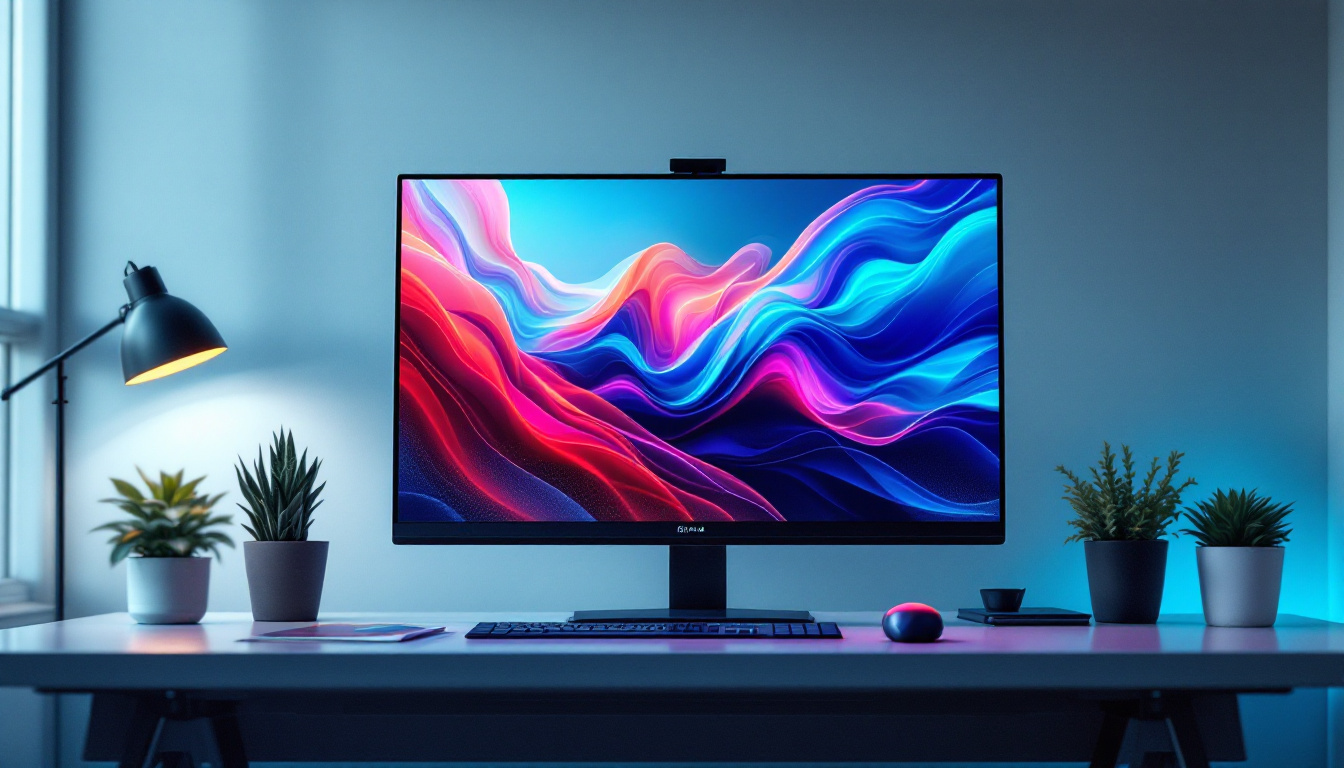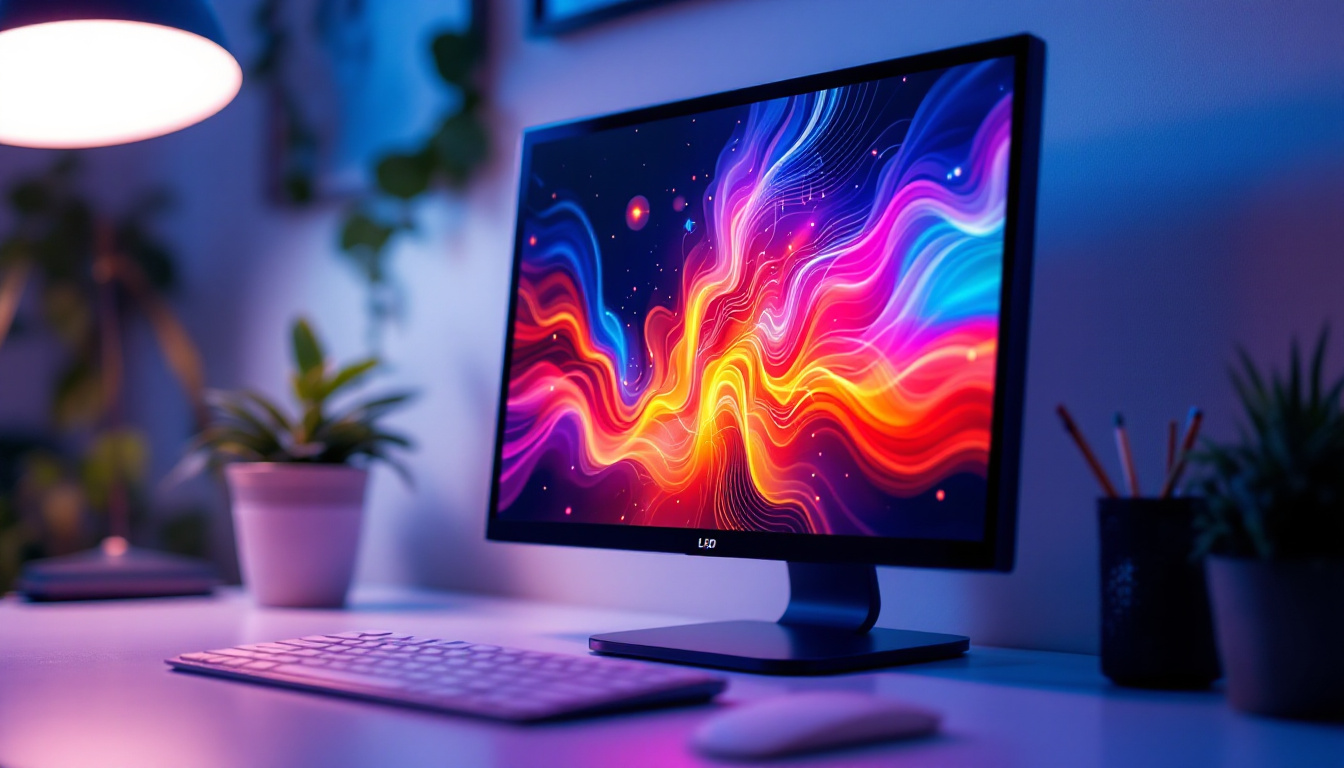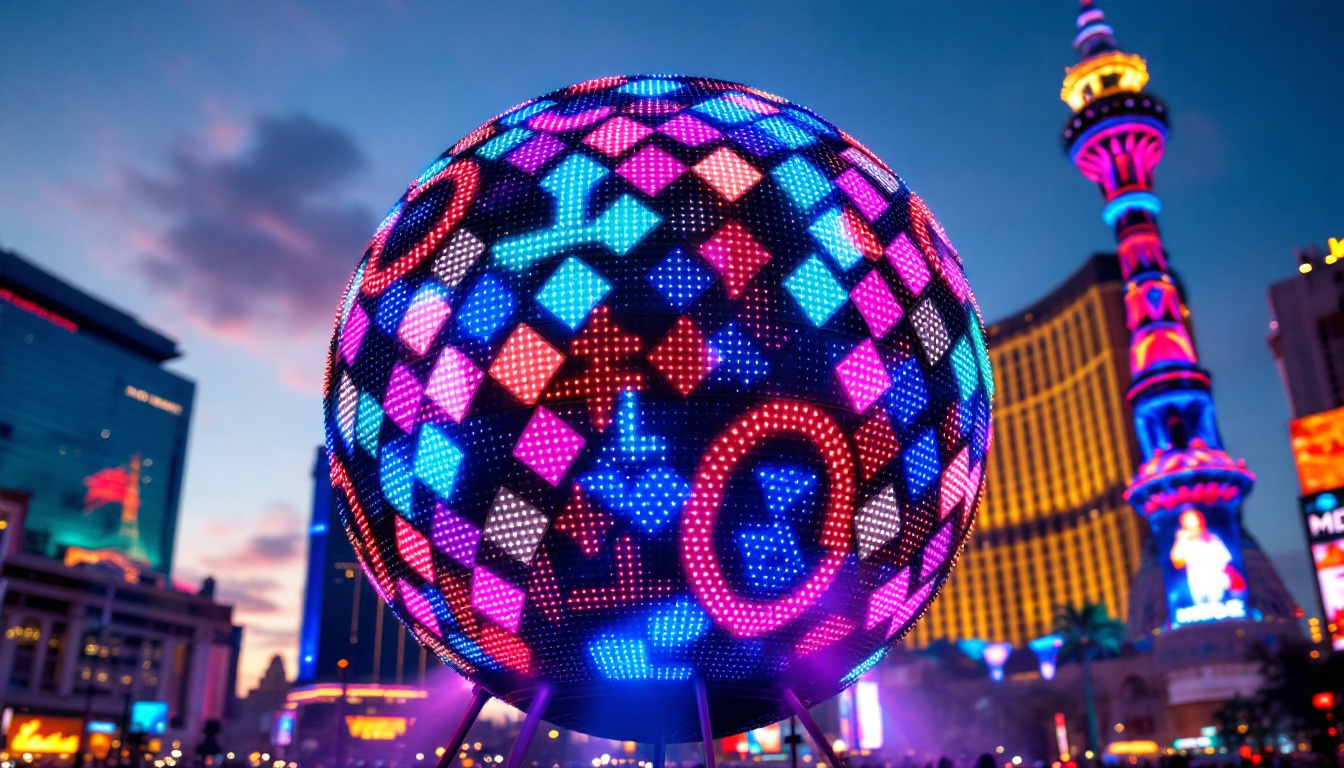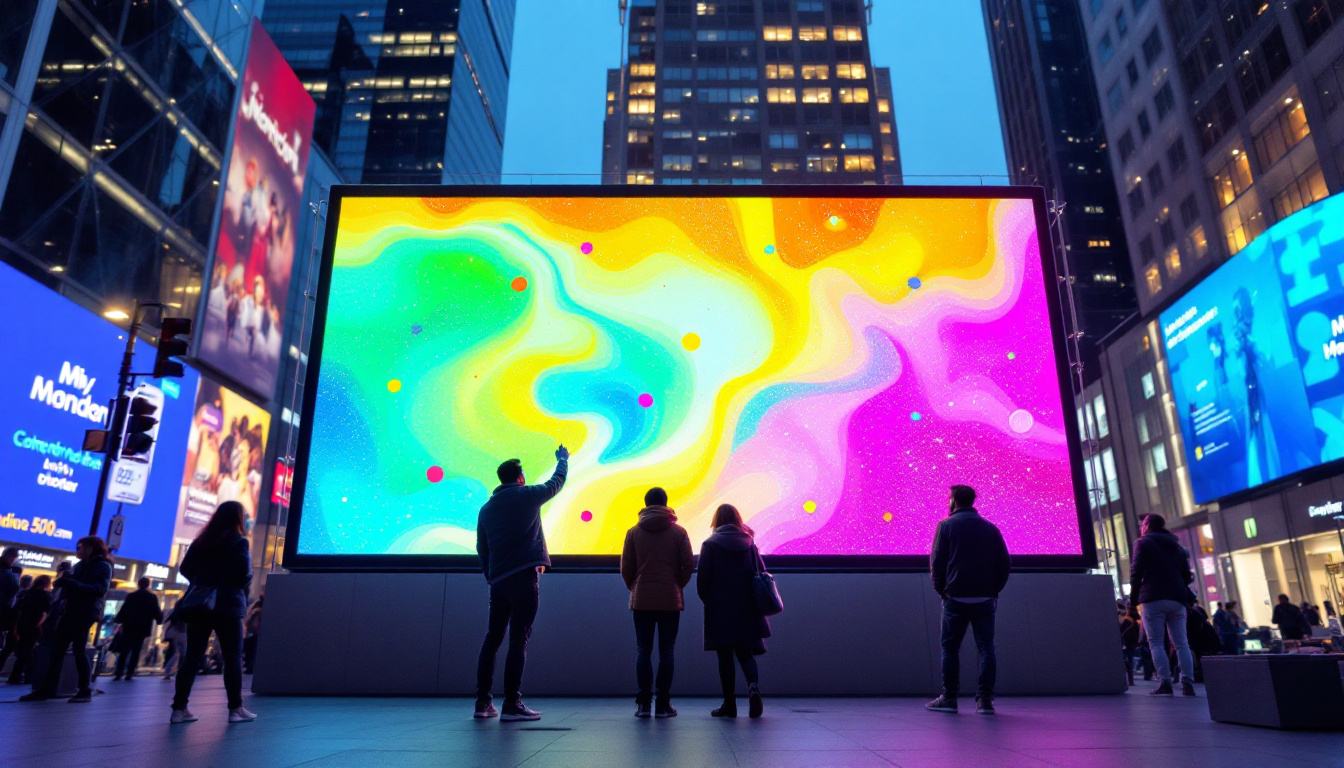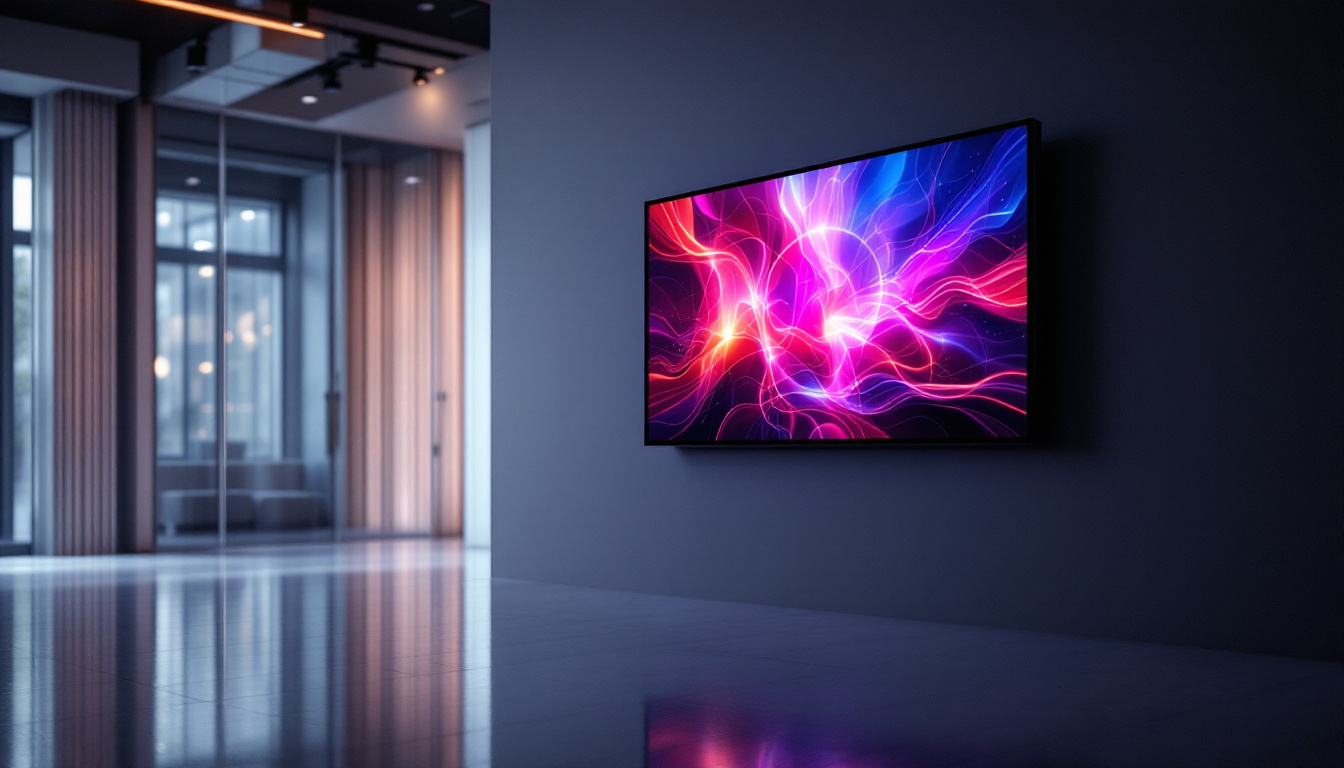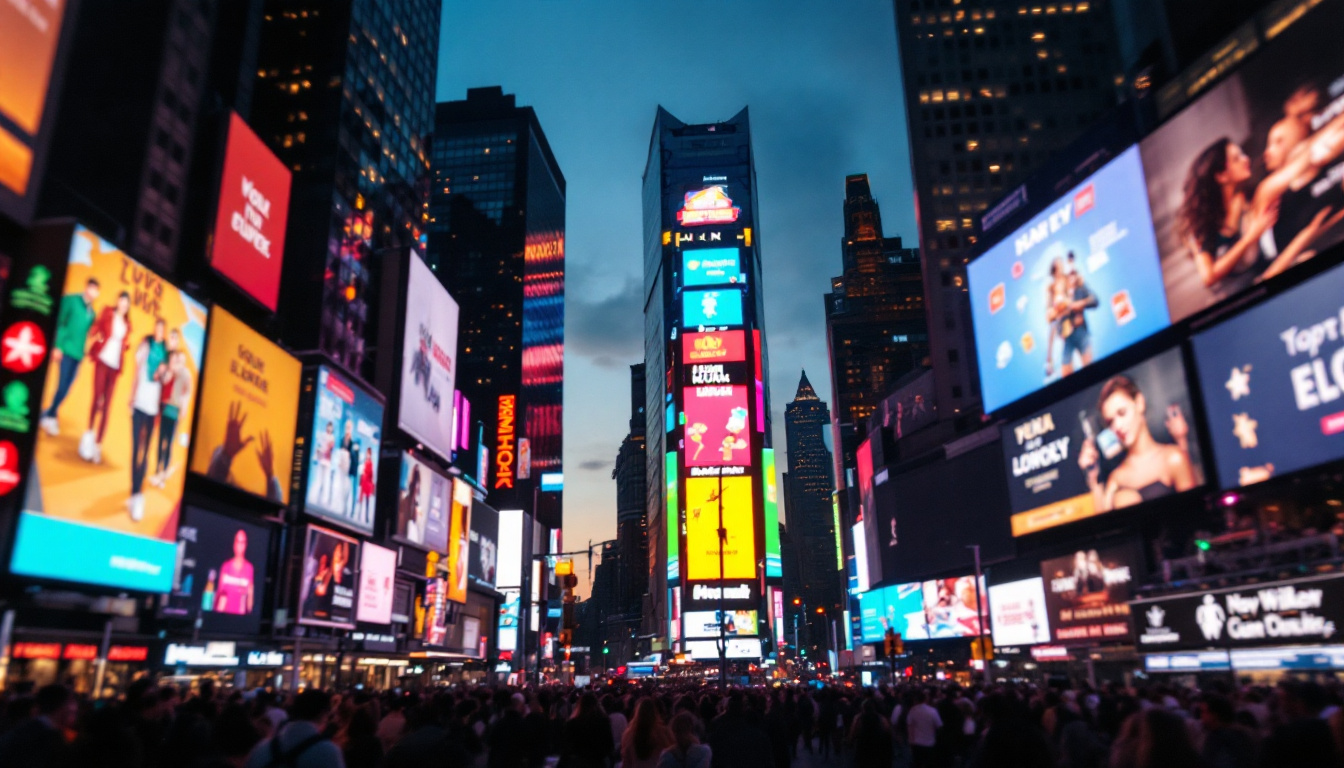In the ever-evolving world of technology, LED displays have emerged as a leading choice for various applications, from advertising to entertainment. Understanding the intricacies of LED screens is essential for businesses and consumers alike. This article delves into the fundamentals of LED displays, their types, applications, and the technology that powers them.
What is an LED Display?
LED stands for Light Emitting Diode, a semiconductor device that emits light when an electric current passes through it. An LED display consists of numerous tiny LEDs arranged in a grid-like pattern, which work together to produce images and videos. These displays are known for their brightness, energy efficiency, and versatility, making them suitable for a wide range of applications. From advertising billboards to sports arenas, LED displays have transformed how visual content is presented, drawing attention with their vivid colors and dynamic capabilities.
In addition to their aesthetic appeal, LED displays are also designed with durability in mind. They can withstand various environmental conditions, making them ideal for both indoor and outdoor settings. Their ability to perform well in bright sunlight, combined with low power consumption, has made them a preferred choice for businesses looking to maximize visibility while minimizing energy costs. Furthermore, advancements in technology have led to the development of flexible LED displays, allowing for innovative designs and installations that were previously unimaginable.
How LED Displays Work
At the core of an LED display is the LED itself, which can emit different colors depending on the materials used in its construction. By combining red, green, and blue (RGB) LEDs, a full spectrum of colors can be produced. The intensity of each color can be adjusted, allowing for the creation of vibrant images and videos. This RGB combination is fundamental in creating the rich visuals that LED displays are known for, as it enables the blending of colors to achieve various shades and tones.
The display is controlled by a driver circuit that manages the power supplied to each LED. This circuit determines which LEDs are turned on and off, as well as their brightness levels. The rapid switching of these LEDs creates the illusion of motion and enables the display to show dynamic content. Additionally, modern LED displays often incorporate advanced technologies such as pulse-width modulation (PWM) to enhance color accuracy and reduce flicker, resulting in a smoother viewing experience. This precision in control allows for stunning visual effects that can captivate audiences in any setting.
Types of LED Displays
LED displays can be categorized into several types based on their construction and application. The most common types include:
- Direct View LED (DVLED): This type consists of individual LEDs that form the entire display surface. They are often used for large outdoor screens and digital billboards.
- LED-backlit LCD: In this configuration, LEDs are used to illuminate an LCD panel from behind. This is common in televisions and computer monitors, providing improved brightness and contrast.
- Organic LED (OLED): OLED displays use organic compounds that emit light when an electric current is applied. They are known for their exceptional color accuracy and deep blacks, making them popular in high-end televisions and smartphones.
Another emerging type of LED display is the MicroLED, which consists of microscopic LEDs that can be used to create displays with incredible resolution and color fidelity. MicroLED technology offers the potential for even thinner displays with higher brightness levels, and it is being explored for applications ranging from wearables to large-scale video walls. Furthermore, the development of transparent LED displays is gaining traction, allowing for innovative advertising and design solutions that blend seamlessly into their surroundings while still delivering high-quality visual content.
Applications of LED Displays
LED displays have found applications across various sectors due to their versatility and effectiveness. Here are some of the most common uses:
Advertising and Marketing
One of the most significant applications of LED displays is in advertising. digital billboards and signage can display dynamic content that captures the attention of passersby. The ability to change messages quickly allows businesses to promote sales, events, and new products in real-time.
Moreover, LED displays can be strategically placed in high-traffic areas, maximizing visibility and engagement. Their brightness ensures that advertisements are noticeable even in direct sunlight, making them an effective marketing tool.
Events and Entertainment
In the entertainment industry, LED displays are used extensively for concerts, festivals, and sporting events. Large LED screens provide audiences with a clear view of performances and games, enhancing the overall experience.
Additionally, LED technology allows for creative visual effects, such as video walls and immersive environments. This capability has transformed how events are produced, enabling organizers to create stunning visual narratives that captivate audiences.
Corporate and Educational Use
LED displays are also prevalent in corporate environments and educational institutions. In offices, they are used for presentations, meetings, and internal communications. Their ability to display real-time data and information makes them invaluable for enhancing productivity.
In educational settings, LED screens facilitate interactive learning. They can display educational content, videos, and presentations, making lessons more engaging for students. The clarity and brightness of LED displays ensure that information is easily visible to all participants, regardless of the room size.
Advantages of LED Displays
The popularity of LED displays can be attributed to several advantages they offer over traditional display technologies. These benefits include:
Energy Efficiency
LED displays consume significantly less power compared to older technologies, such as incandescent or fluorescent displays. This energy efficiency translates to lower electricity bills, making LED displays a cost-effective choice for long-term use.
Furthermore, their lower heat output reduces the need for additional cooling systems, contributing to overall energy savings. This makes LED displays an environmentally friendly option, aligning with the growing focus on sustainability in technology.
Durability and Longevity
LED displays are built to withstand various environmental conditions, making them suitable for both indoor and outdoor applications. They are resistant to shock, vibration, and temperature fluctuations, ensuring reliable performance over time.
Additionally, LED technology boasts a longer lifespan compared to traditional displays. With proper maintenance, LED screens can last for tens of thousands of hours, reducing the frequency of replacements and associated costs.
High Brightness and Contrast
One of the standout features of LED displays is their high brightness levels. This characteristic allows them to maintain visibility in bright environments, such as outdoor settings or well-lit indoor spaces.
Moreover, LED displays offer superior contrast ratios, enhancing the overall image quality. The ability to produce deep blacks and vibrant colors contributes to a more immersive viewing experience, making LED displays a preferred choice for various applications.
Challenges and Considerations
While LED displays offer numerous advantages, there are also challenges and considerations to keep in mind when choosing this technology.
Initial Costs
The initial investment for LED displays can be higher than traditional display technologies. Although the long-term savings in energy and maintenance costs may offset this initial expense, businesses must carefully evaluate their budget and needs before making a decision.
However, as technology advances and production processes improve, the costs of LED displays have been gradually decreasing, making them more accessible to a wider range of consumers and businesses.
Viewing Angles
Another consideration is the viewing angle of LED displays. While many modern LED screens offer wide viewing angles, some lower-quality models may have limited visibility from certain angles. This can affect the overall effectiveness of the display in specific settings.
To ensure optimal performance, it is essential to choose high-quality LED displays that provide consistent brightness and color accuracy from various viewing positions.
Content Management
Managing content on LED displays can be complex, especially for large installations. Businesses must invest in content management systems (CMS) to schedule and update content effectively. This requires an understanding of the technology and may necessitate training for staff members responsible for content creation and management.
Choosing a user-friendly CMS can help streamline this process, allowing for efficient updates and ensuring that the display remains relevant and engaging.
Future of LED Displays
The future of LED displays looks promising, with ongoing advancements in technology and applications. Several trends are shaping the evolution of LED displays:
MicroLED Technology
MicroLED technology represents the next generation of LED displays, offering even smaller individual LEDs that can produce higher resolutions and improved color accuracy. This technology has the potential to revolutionize various applications, from televisions to large-scale displays.
MicroLED displays promise to deliver exceptional image quality while maintaining the energy efficiency and durability associated with traditional LED displays. As this technology matures, it is expected to become more widely adopted in consumer electronics and commercial applications.
Integration with Smart Technology
As smart technology continues to gain traction, LED displays are increasingly being integrated with IoT (Internet of Things) devices. This integration allows for enhanced interactivity and automation, enabling users to control displays remotely and access real-time data.
For businesses, this means the ability to tailor content based on audience demographics, weather conditions, and other factors, resulting in more effective marketing strategies and improved customer engagement.
Enhanced Interactivity
Future LED displays are expected to incorporate more interactive features, such as touch capabilities and augmented reality (AR) integration. This shift towards interactivity will create immersive experiences for users, making LED displays not just a medium for information but a platform for engagement.
As technology continues to advance, the possibilities for LED displays are virtually limitless, paving the way for innovative applications in various industries.
Conclusion
LED displays have transformed the way information is presented and consumed across multiple sectors. Their energy efficiency, durability, and high-quality visuals make them an attractive option for businesses and consumers alike. While there are challenges associated with initial costs and content management, the benefits often outweigh these concerns.
As technology continues to evolve, LED displays are poised to become even more integral to our daily lives, enhancing communication, entertainment, and engagement in ways previously unimaginable. Understanding the fundamentals of LED displays is essential for anyone looking to harness their potential in today’s digital landscape.
Discover LumenMatrix’s Innovative LED Display Solutions
Ready to elevate your visual communication with the latest in LED technology? LumenMatrix is at the forefront of creating immersive and dynamic visual experiences. From vibrant Indoor and Outdoor LED Wall Displays to versatile Vehicle and Sports LED Displays, our range of solutions caters to every need. Experience the future of digital signage with our LED Poster Displays, Floor LED Displays, and revolutionary Transparent LED Displays. Embrace the power of LumenMatrix to captivate your audience and amplify your message. Check out LumenMatrix LED Display Solutions today and transform your space into a beacon of engagement.

